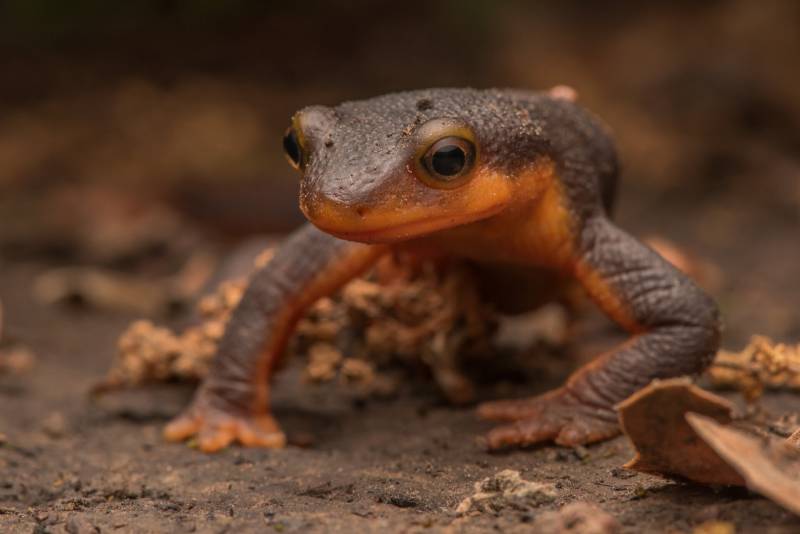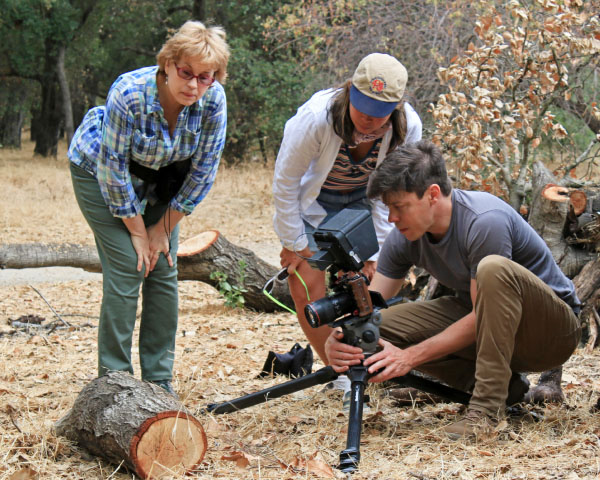The Bay Area has been drenched with rain from multiple atmospheric river storms these past few weeks.
But once we get a break from this rainy weather — as the National Weather Service forecasts this weekend — there’s a big upside: After rainfall is one of the best times to see colorful creepy crawlies out in nature. And right in time for Valentine’s Day, this is when they’re on the hunt for mates.
Keep reading for the best hiking trails in the Bay Area to hit after a wet spell to spot banana slugs, California newts and ladybugs. Just be sure to watch your step as you go.
Banana slugs on wet trails
Banana slugs are mostly water, relying on moist environments to stay alive. In dry conditions, these striking yellow molluscs retreat to cool and shaded areas. But right after the rain, you’ll find them gliding along on wet soil in California’s damp forests — powered along by the slime produced by cells in their skin that helps them move over dirt and leaves. This slime allows banana slugs not only to retain their moisture but also to defend themselves by producing mucus that numbs the mouth and tongues of any predators trying to nibble on them. The chemicals left behind in their slime trails also allow banana slugs to more easily find each other.
Banana slugs are scavengers that feed on dead leaves, mushrooms and animals, but they’re also decomposers that help recycle nutrients into the forest floor. They also play a key ecological role by dispersing seeds and spores.

